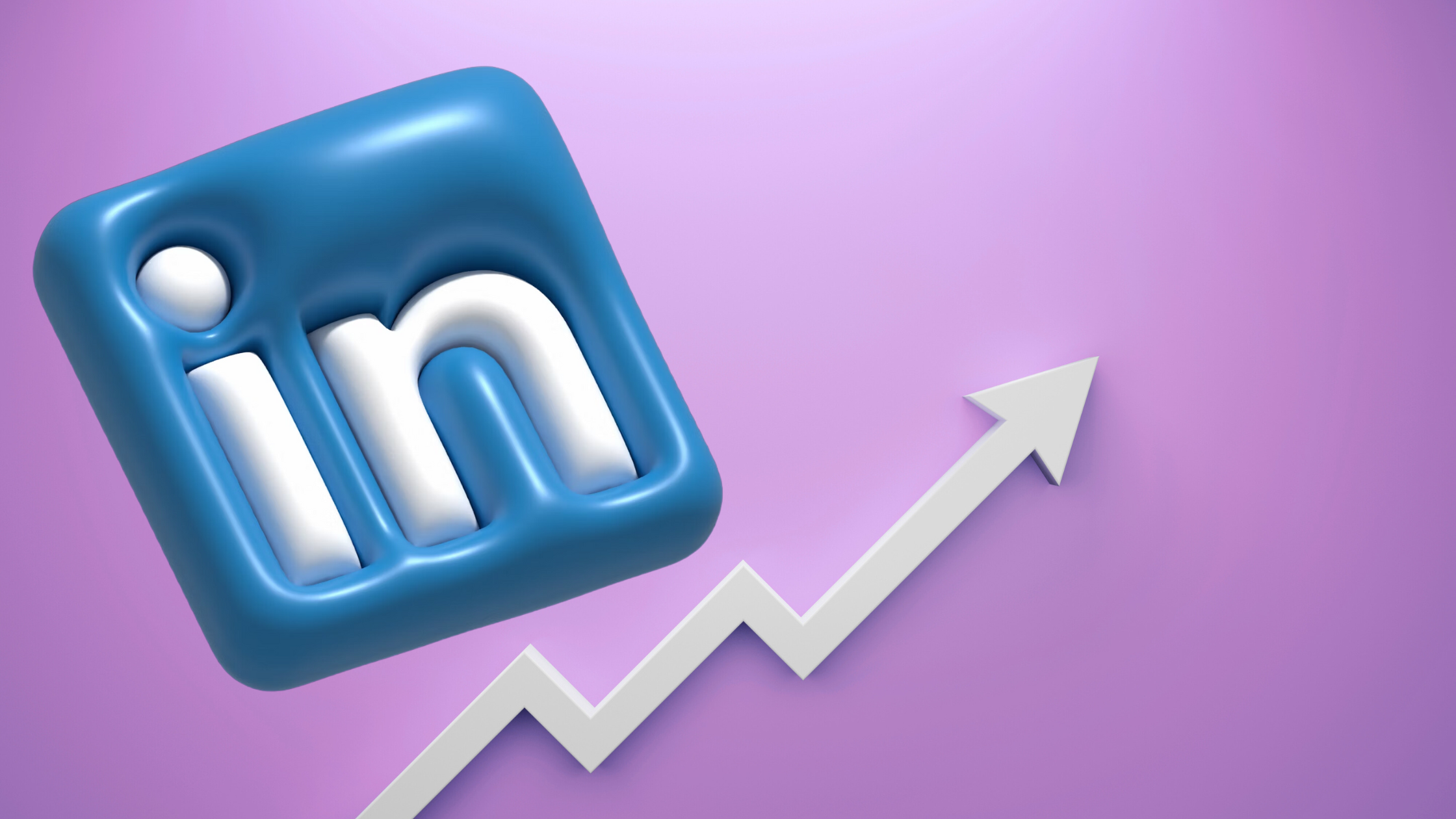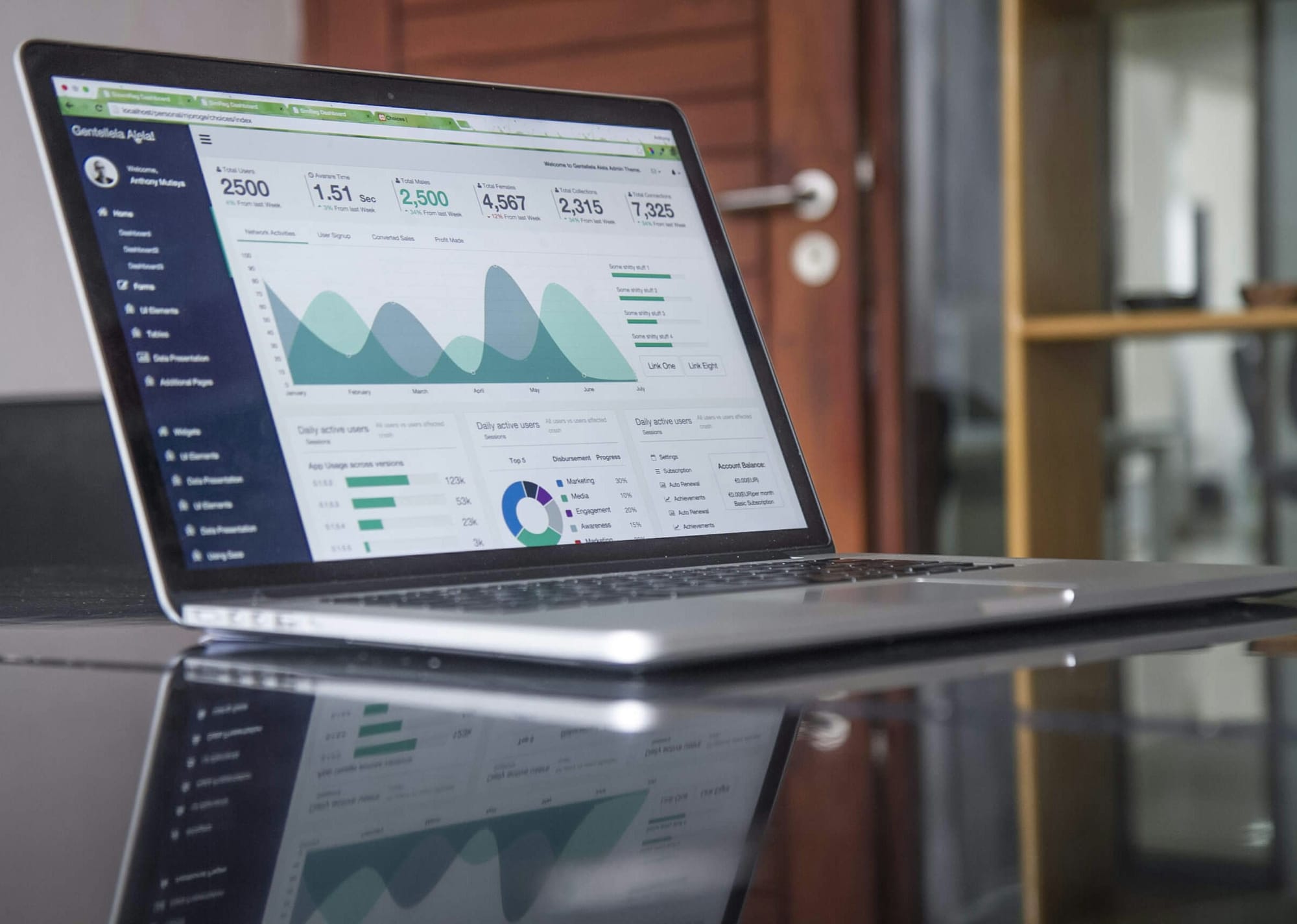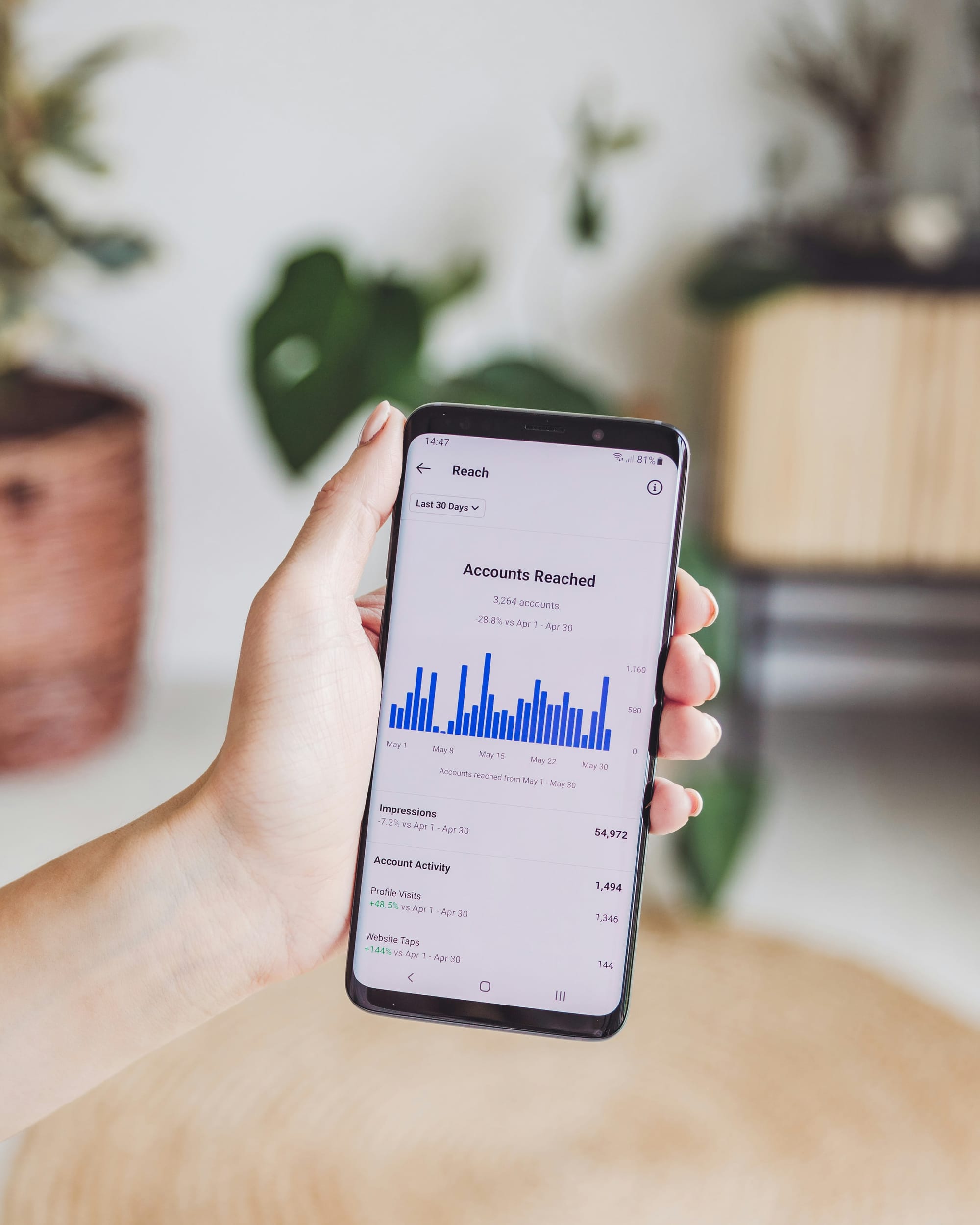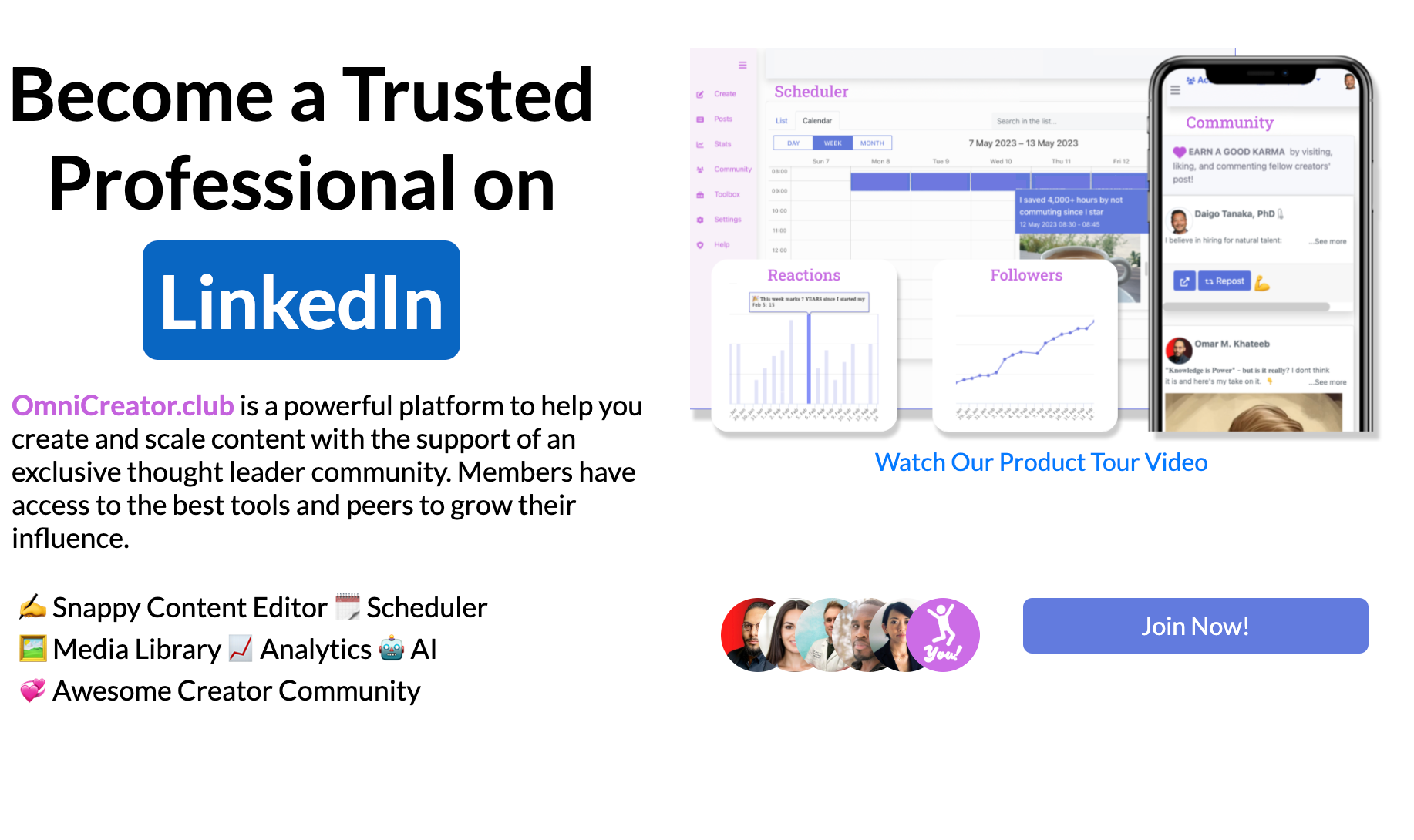Turn Data into Connections: How to Use LinkedIn Analytics to Grow Your Audience and Boost Engagement
Leverage LinkedIn Analytics to grow your audience and boost engagement. Learn key metrics, optimize content, and use data-driven strategies to maximize visibility.

For professionals, LinkedIn is still one of the best platforms for boosting online visibility and widening business connections.
Data shows that it now ranks third as the most important social media platform for marketers, topped only by Facebook and Instagram.
Even more noteworthy is that almost 1 in 2 B2B professionals consider LinkedIn to be the most important platform. These numbers underscore the importance of growing your brand on LinkedIn.
To gain more traction on the platform, you must learn how to turn data into connections. The first step to doing this is to understand how LinkedIn Analytics works—and that’s exactly what we’ll be exploring in this article.
The Basics of LinkedIn Analytics: Key Metrics to Track

LinkedIn provides users access to analytics with insights into the performance of their profiles, posts, and audience engagement. As a LinkedIn member, you can view these through your account page under “Posts & Activity” and “Analytics & Tools.”
LinkedIn Analytics falls under three main categories:
- Post analytics that show the performance of individual posts,
- Creator analytics, which include insights into follower growth and demographics, and
- Profile analytics where profile visits and search data are displayed.
These analytics help you craft a data-driven approach to content creation, professional networking, and audience engagement.
To optimize your LinkedIn branding strategy, keep track of these key metrics:
1. Profile Views and Search Appearance
Profile Views shows the number of people who have viewed your profile, while Search Appearance indicates how often your profile appeared in search results. These numbers reflect the visibility of your LinkedIn profile.
2. Follower Growth
Among the most useful audience insights LinkedIn provides are the Total Follower Count (number of connections and non-connection followers) and the New Followers Growth Trend (a graph that displays the number of new followers each day). These help you identify patterns and opportunities to expand your network.
3. Viewer demographics
Aside from the number of followers and viewers, LinkedIn audience analytics also enables you to see their demographics. There are search filters to view them by job title, industry, location, seniority, or company size. Knowing who your followers are guides you in refining your content to align with their needs and interests.
4. Post Impressions
This is an estimate of the number of times a post was displayed on screen. It also shows approximately how many LinkedIn member accounts were reached. This metric gauges the reach of your posts and how well they capture your audience.
5. Post Engagement
The Engagement section shows the number of reactions, comments, reposts, and other forms of engagement on your posts. It also shows the number of engaged views, which reflects post views that last more than three seconds. Analyze these metrics to understand how your audience interacts with your content.
6. Top Performing Posts
This ranks all your posts by impressions and engagements and shows the top three posts with the highest performance within the date range you specified. Checking your top-performing posts is crucial in creating content that resonates with your audience.
How to Use LinkedIn Analytics for Audience Growth and Engagement

Now armed with the basics, it’s time to use data to grow your audience and boost engagement. Start leveraging LinkedIn Analytics by doing the following:
1. Analyze posts and optimize content.
Determine how wide your reach is through post impressions. Then, check how your audience interacts with your posts through engagement analytics. How many reactions are your posts getting? Which posts are shared the most? Are your posts receiving comments?
Go through your top-performing posts and identify themes, content formats, and topics that resonate the most with your audience. Incorporate these elements into your future content strategy. Just a side note: video is one of the fastest-growing formats on LinkedIn today, so you may also want to check how your video content is performing.
2. Use demographic data to personalize content.
Check your follower growth trend to assess which audience segments are growing. Along with this, use viewer demographics to gain insights into audience details. Tailor your content to their specific needs. For instance, if most of your followers are senior executives, consider posting more articles on thought leadership and industry-specific trends.
3. Monitor search insights for keywords the target audience uses.
Use Search Appearances to identify the number of times your profile appears in search results and which keywords are driving traffic to your profile. Your profile views can also indicate if your optimized keywords are attracting more profile visits or not. If search appearances and profile views are low, consider revising your headline and summary to include new keywords and trending hashtags.
4. Experiment with different content, track results, and refine your strategy.
LinkedIn is a dynamic platform. What works today might not work tomorrow. So, experiment with different content formats, keywords, and themes to keep your audience engaged and attract new followers. Regularly check all the key metrics to see which of your experimental content is clicking with your audience, and then adapt your strategy accordingly.
Remember, continuous refinement helps keep your content fresh and relevant to evolving needs and preferences. LinkedIn Analytics is more than just analyzing the numbers—it’s about using insights to understand your audience and build meaningful connections with them.
Amplify Results by Using OmniCreator Alongside LinkedIn Analytics

Aside from LinkedIn Analytics, there are other tools you can use to boost LinkedIn performance. The OmniCreator Club offers analytics and optimization tools that you can use to augment the ones on LinkedIn.
An AI interviewer enables you to leverage the latest tech to refine ideas into unique content. A robust content editor gives you access to a media library with emojis, GIFs, images, and other graphic elements to make your LinkedIn posts more visually appealing. A content scheduler helps keep engagement high by scheduling posts and comments in advance.
Aside from these tools, you also get support from a wide network of professionals who have also joined the OmniCreator Club. Consider exploring the solutions we offer on the OmniCreator platform to accelerate your LinkedIn growth.